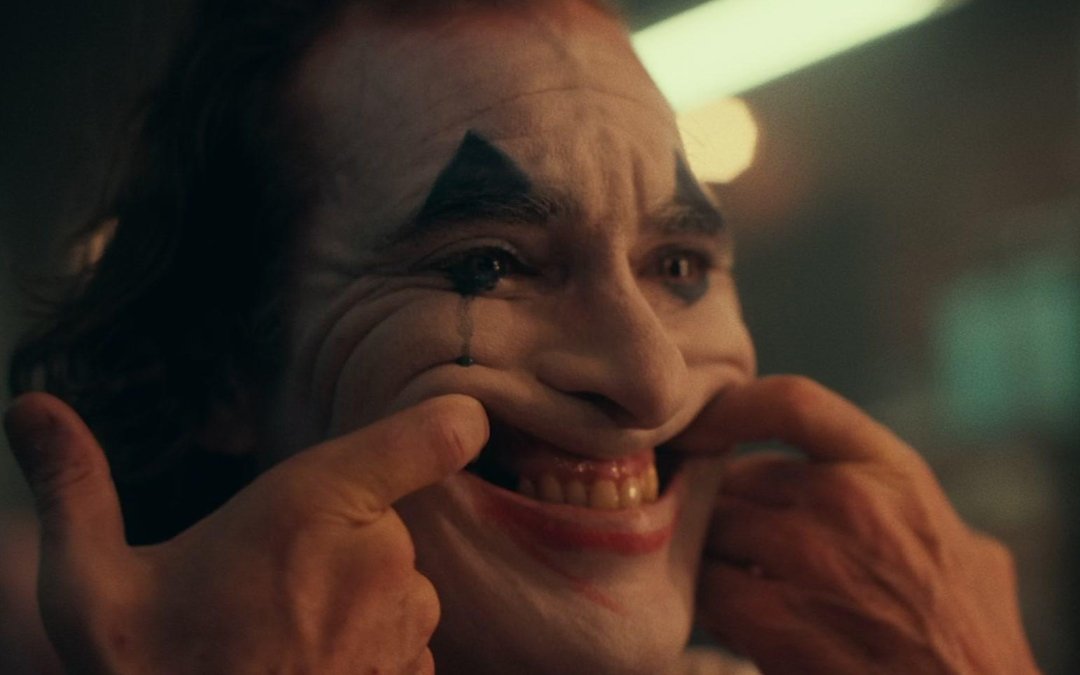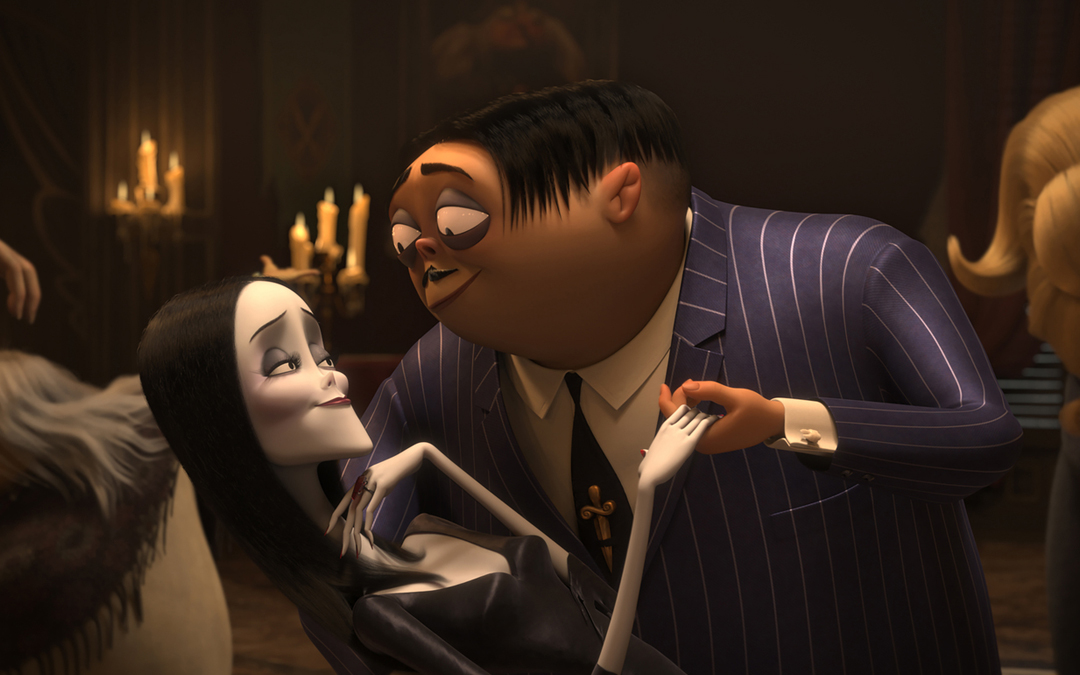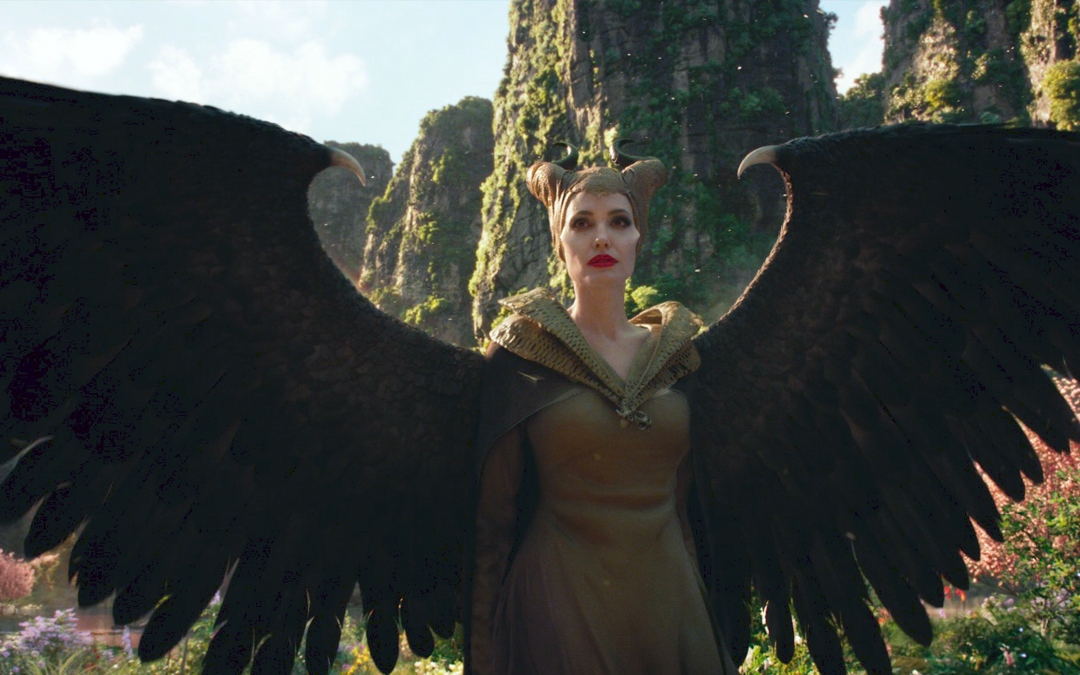The Weekend Movie Takeaway: Creative Vision Still Matters in the Modern Mass Movie Marketplace
October 28, 2019
A rather quiet weekend at the box office saw Joker, now the highest-grossing R-rated film of all time, compete for the top spot with last weekend's debutante, Maleficent: Mistress of Evil. At the time this article was written, the two films were pretty much in a dead heat with around $19 million each. It’s a pretty remarkable result for both, considering Joker is in its fourth weekend, and Maleficent: Mistress of Evil is in its second.
The weekend’s take not only re-affirms the perception that audiences are looking for a bit more on the storytelling side of things from their commercially-mandated Disney sequels, but is also yet another feather in the cap of Todd Phillips' super-villain origin tale.
Films almost never go back into number one position after slipping down the charts, and the fact that this is even a possibility once again points to Joker being one of the most surprising box office hits of the year. One which will no doubt have a long-lasting impact on how superhero stories are told on the big screen.
The unfounded speculation that the film would cause social unrest is now part of Joker’s success story, and it's a rare and reassuring case of things not being quite as bad as we imagine they might be. How often does that happen these days?
From a storytelling perspective, it promotes the takeaway that audiences will show up when something is being talked about, strengthening the ties between media narratives and actual narratives. Like it or love it, we are gonna be feeling the storytelling effects of Joker for some time.
The weekend also saw three other new releases enter the charts: teen horror Countdown and cop thriller Black and Blue took in just $9 million and $8.3 million respectively, earning them the sixth and seventh spots. The weekend’s third entry, however, is of particular note. The Current War, which earned $2.7 million on 1022 screens, just made it on the list in ninth spot.
The film is being promoted as The Current War: Director's Cut, which is probably the first time a film has ever used that designation on its primary release, undoubtedly the result of its somewhat torturous history. The famously intrusive creative presence of disgraced movie producer Harvey Weinstein was involved at one point.
When The Current War first screened more than two years ago at the Toronto Film Festival, it was poorly received, but the audiences that saw it weren't informed that the film was in an unfinished state. It subsequently got lost in the shuffle when films controlled by The Weinstein Company were plunged into uncertainty following the Weinstein scandal.
It has now emerged from that uncertainty with a new cut, finished special effects, and even newly-shot scenes. Critics are being much kinder to the film, especially in light of its poor treatment at Toronto.
The principle narrative takeaway from this situation is that the manner in which a film is being promoted highlights how important the audience's sense of cinematic authorship is in the modern movie marketplace.
Mass market films are easily dismissible as corporate entities, but the idea that they are stories being told by a personal vision still matters to the average cinemagoer.
Written by: Dominic Corry
Dominic Corry is a Los Angeles-based film critic, writer, journalist and broadcaster. Raised in New Zealand, he is also the West Coast editor of Letterboxd, the social network for movie lovers. For more of his film writing, see his website www.TheGoodInMovies.com- Topics:
- Discussing TV & Film




